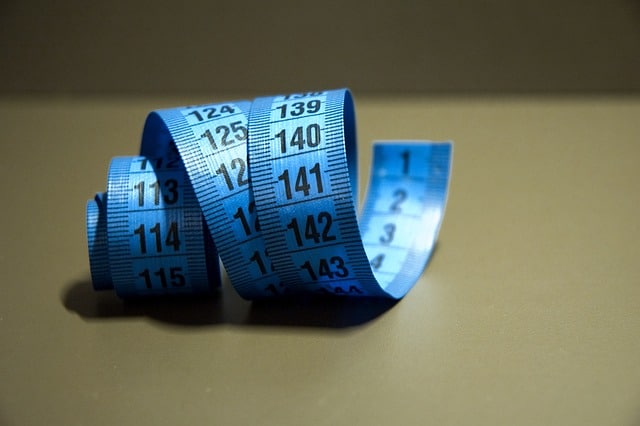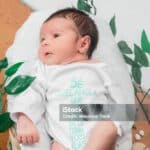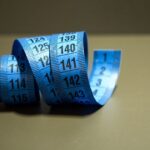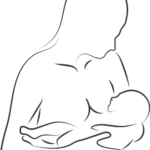Image credit to LSE Home
Measure for Baby Shoe Size Still, parents are keen on dressing the baby up with cute tiny shoes. However, experts suggest that babies do not need to wear shoes until they start walking.
What you Should Know About Children’s Foot Health. American Podiatric Medical Association.
Once your little one has taken their first steps, look for baby shoes that are comfortable and provide some grip on slippery surfaces.
Herewith, we break down how to measure your baby’s feet to get their baby shoe size and how one can pick the best shoes for your baby. We’ll cover how to review shoes for pre-walkers and new walkers and which baby shoes to avoid.
How To Measure Your Baby’s Feet for Shoes
When choosing the correct shoe for your toddler, there are two most significant criteria that need to be considered—size and comfort. Even though pre-walkers will only be wearing their shoes for looks, it is still critical that they aren’t in shoes that are too small for their quickly-growing feet.
This becomes all the more significant when your little one starts walking. According to the American College of Foot and Ankle Surgeons, poorly-fitting shoes can lead to quite a few problems in children. If the shoe is too large, a child’s foot will slide forward, putting additional pressure on the toes, while those that are too small may cause ingrown toenails, blisters, and calluses.
These problems can be circumvented with a simple, accurate measurement of your baby’s feet to ensure that you’re buying the right baby shoe size.
A step-by-step guide to measuring a baby’s feet
Follow these steps from baby and toddler shoe manufacturer Robeez for a good fit:
Extend your baby’s barefoot on a flat surface, making sure their toes are not curled under.
Lay a tape measure or ruler next to their foot, and measure from the heel to the longest toe.
Measure both feet in this manner and take the larger of the two measurements. (Don’t worry if one foot is bigger than the other; it is quite normal for kids of all ages!)
Press down gently on the toe of the shoe while your baby is wearing their shoes. There should be about 1/2 inch between the end of the shoe and their toes.
You should be able to fit your pinkie finger between the heel and the back of the shoe.
This will assist you in checking the width of the shoe by ensuring you can hold a very small amount on both sides of your shoe material around the widest part of your baby’s foot.
Although it might be tempting, don’t bypass the measurements and just choose a shoe size for your child because of their age. Sizing by age does give you an overall idea, but babies come in all shapes and sizes, and their feet grow in different ways. Your little one may easily have larger or smaller feet compared to other babies their age.
How to Choose Shoes for Pre-Walkers
Although babies do not wear shoes, a lot of parents will want to put shoes on their babies just for the sake of looking good and keeping their feet warm. If you need shoes to be worn by your baby, hunt for soft-sole shoes. Soft-sole shoes are more of a decoration rather than anything else; however, they help in keeping socks on your baby’s feet, thereby keeping them warm.
Of course, you could also dress your baby up in a cute pair of socks until they are walking. While they are cruising and crawling, babies need soft socks with non-skid soles more than shoes. If your infant wears decorative shoes, take them off whenever your baby begins to cruise or walk. Bare feet or socks with non-skid soles will help with their balance.
How To Choose Shoes for Walkers
From when your child will start walking, consider price, comfort, and style in choosing baby shoes. Some things to look out for when considering shoes for your cruising or walking baby are as follows:
Comfortable fit in length and width
Correct fit—a little room at the toes heel and sides
Flexible flat sole—check the sole can bend near the toe
The toe end is wider than the heel so as to give it a natural shape like that of the foot
A stiff heel counter – this is what cups the heel at the back
Lacing, straps, or some other fastening system to prevent slippage or excessive movement within the shoe
Save that pair of classic hard-soled baby shoes just for bronzing. Even at this age, your toddler likely will do better in more flexible, soft-soled shoes. Not only that but many brands of kids’ shoes are made from extremely soft leather, which has several advantages—all of these pairs are soft and washable.
Also Read : Bond With Your Baby 29 Little Ways
Tip
Flexible soles and a good fit are essential. Unless your baby’s doctor recommends them, don’t pay for arch supports, special inserts, reinforced heels, or any other feature in your baby’s shoes.
How To Avoid Baby Shoe Problems
Some shoes are more likely to slip off kids’ feet than others. Among these are Crocs, sneakers with Velcro straps, and flip-flops.
More solid shoes can save your toddler or preschooler from a good many mishaps—like stubbed toes, broken toenails, and splinters—right inside the house. Kids can get hurt when shoes that are too big get caught in an escalator. If your child’s shoes are flopping off their feet, it’s probably wise to graduate them to laced shoes.5
When To Call the Doctor
Talk to a pediatric healthcare provider if you have any concerns about your child’s feet. Some signs that may indicate a visit to the doctor include:6
Ingrown toenails
In-toeing (walking with feet turned inward) or out-toeing (walking with feet turned outward)
Not walking by 15 months
Toe walking










